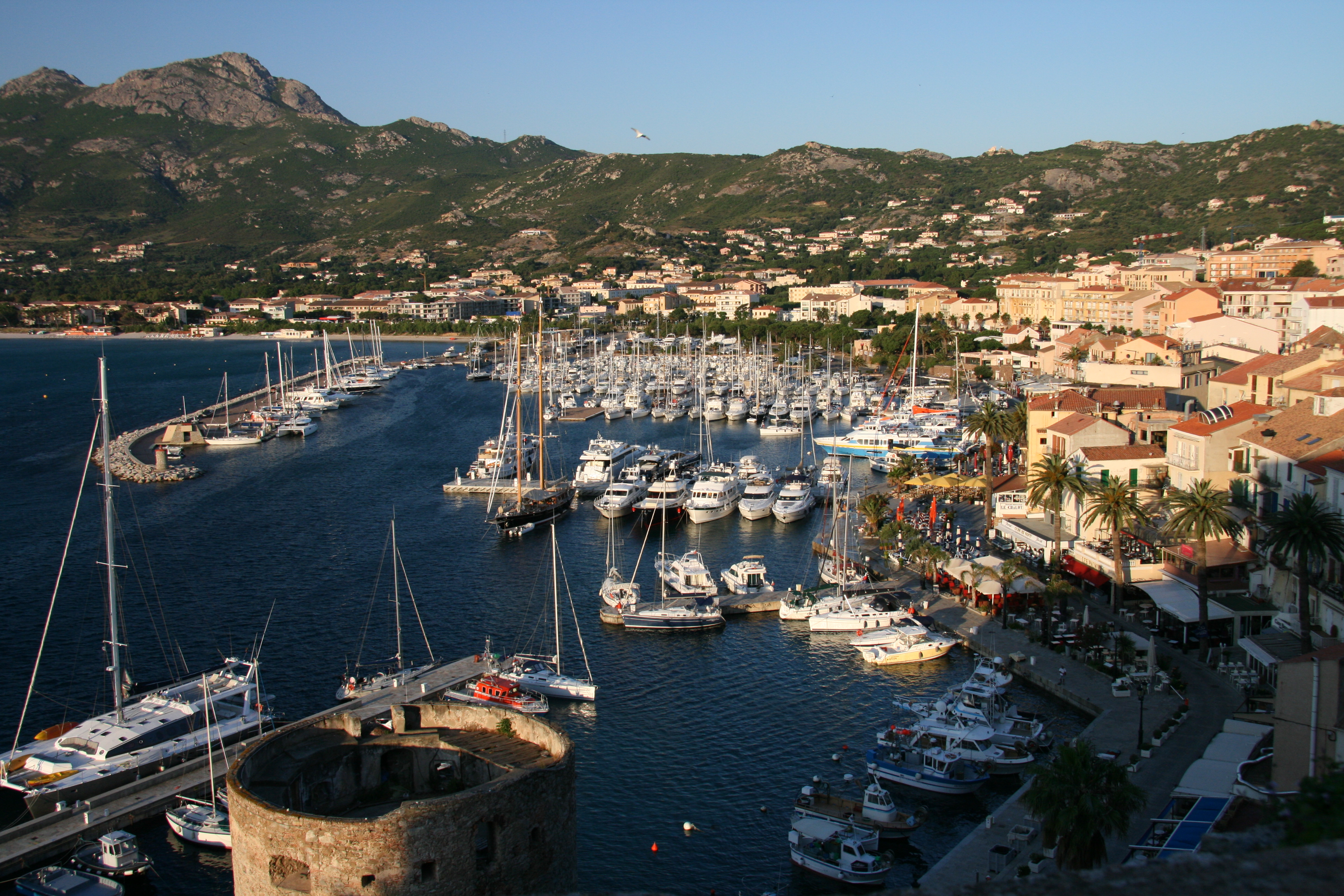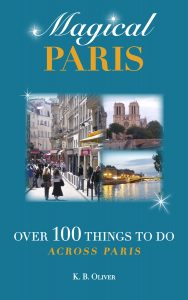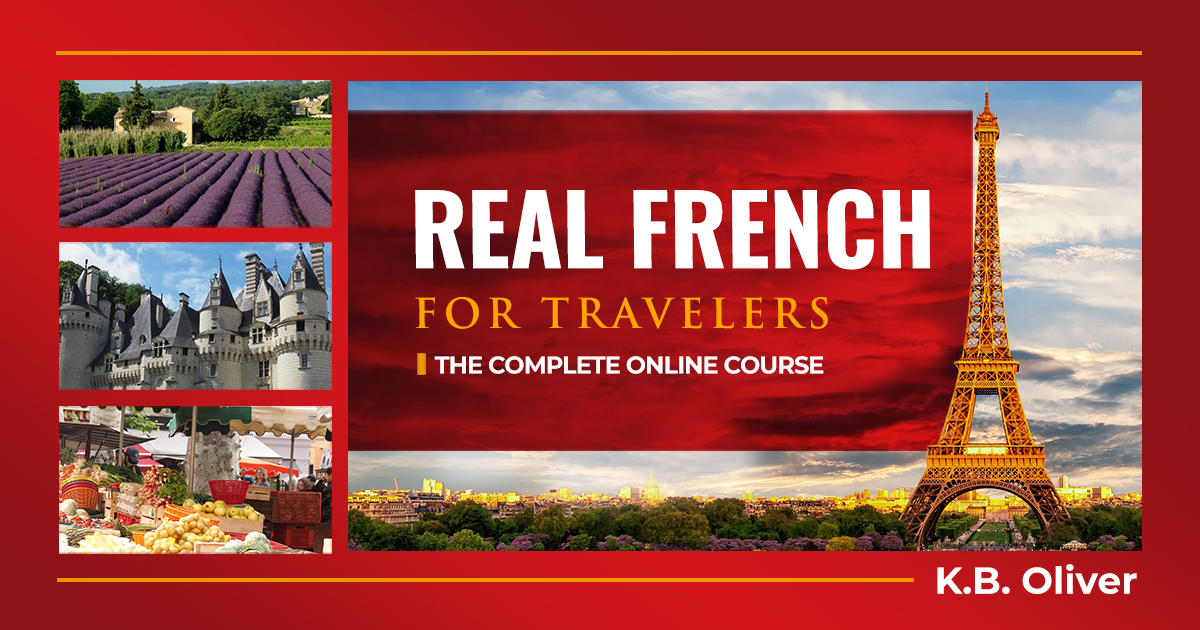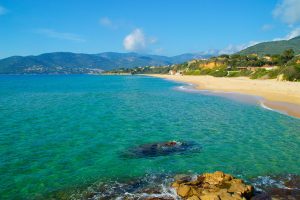
Blue Waters of Corsica
Among the islands that bask in the sun of the Mediterranean Sea, the 4th largest is Corsica, a stunning natural paradise. It’s no wonder it was nicknamed the Island of Beauty.
Corsica lies 100 miles from the French coast. Although the island is closer to Italy, it has been French since 1768. Despite its French identity, most of the town names and the vibe of this rocky island are distinctly Italian.
Two-thirds of the island is mountainous, with 20 mountain peaks, some over 6,000 feet high. Both the east and west coasts boast spectacular dramatic cliffs, lagoons and beaches, villages and resorts. In winter, count on temperatures around 50. It can reach up to 70 in summer. In other words, ideal.
There are paved roads all over the island as well as a rail system. By car, you can go from the north to the south on the faster, less scenic route in under three hours. Or you can take the scenic highway right through the center of the mountain range and regional nature reserve.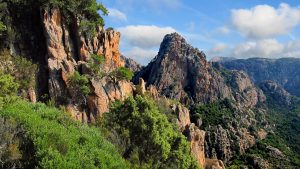
What to see?
It’s difficult to separate towns from stunning nature because they are completely interwoven, charming towns and natural wonders at every turn. However, I’ll use rough categories here.
Towns and Beaches
On the west coast of the island is the capital, Ajaccio, the largest city on the island. It’s the birthplace of Napoleon Bonaparte and his family home is now a small museum. There’s a lot more to see there as well.
Near Ajaccio are resorts and beaches and other towns worth a visit, such as Porto to the north. Porto is a more remote village, but still popular because of the stunning natural scenery all around. There are over 200 beaches on Corsica.
Porticcio is your place if you like water activities. It is a resort town near Ajaccio. It’s also well-supplied with night activities and festivals.
On the southern tip of the island, the walled town of Bonifacio sits on a limestone cliff. Its medieval charm will draw you into its history and architecture. From here you can take a 30-minute ferry ride to visit the Italian island of Sardinia.
Calvi, see below.
Solenzara, on the east side of the island, is a famous resort at the foot of Bavella Needles (below), a natural wonder with clear pools and spikes of rocky red granite.
Pietra Corbara is a busy beach town. Saleccia and Rondinara are more remote, if you’re seeking calm.
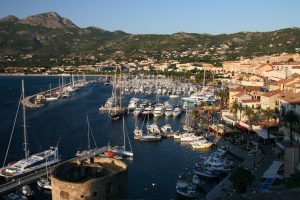
Nature
Scandola Nature reserve on the northwest coast can be accessed by boat from the port of Calvi. While you’re in Calvi, you can hike up to the Chapelle de Notre-Dame de la Serra, where you’ll see stunning views of the town, blue waters, and the nearby La Revellata lighthouse. Calvi is popular for beach-goers, too, and there’s an annual jazz festival in summer.
Canyons in the southern part of the island open up a new world for you. Guided trips are available since it can be dangerous to swim and visit on your own.
A lovely east-west scenic drive through the mountains connects Porto and Corte.
The Corsica Regional Park is right in the middle of the island. All around the perimeter of the island are beautiful cliffs, Calanques (like fjords), lagoons, and rock formations.
For hikers, there are numerous hiking paths all over the island, including Europe’s famous GR20 trail.
Bavella Needles, on the east side of the island, provides hiking in the uniquely spiky mountain range interspersed with pines. Close to the resort of Solenzara.
The Calanques de Piana. In this area, you’ll see pink granite rock formations carved by wind and weather into unusual forms. If you have a rental car, be sure to take the D81 route southeast from Porto to see the rocks of red granite
Panorama de Capo Rosso is an expanse of pink granite spiky rocks. You can hike (moderate) a 6-mile path to the end of the cape. It’s located in the northwest. Nearby is the lovely beach of Arone.
Gorges de la Restonica is a scenic area south of Corte, near the center of the island. It’s enjoyable to either drive through or hike. You can dip into the many pools if you like!



